Photos: Centuries of History Revealed Beneath Roman Ruins
A Roman temple and settlement in modern-day Lebanon that have been damaged by war, disrupted by looters and encroached on by farmers still yield information about the site's history, a new study finds. By studying pottery fragments, archaeologists determined that the site was in use from the first century until the seventh century, and then utilized again during medieval times. [Read the full story on the ancient Roman ruins in Lebanon]
Map of Lebanon
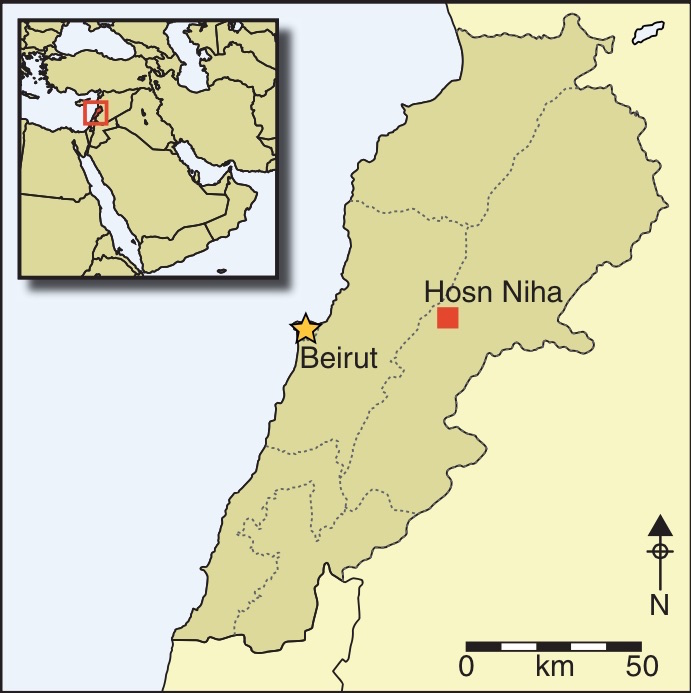
A map of Lebanon and the archaeological site at Hosn Niha, where researchers studied an ancient Roman temple and settlement. (Image credit: Copyright Antiquity Trust)
Medieval wall
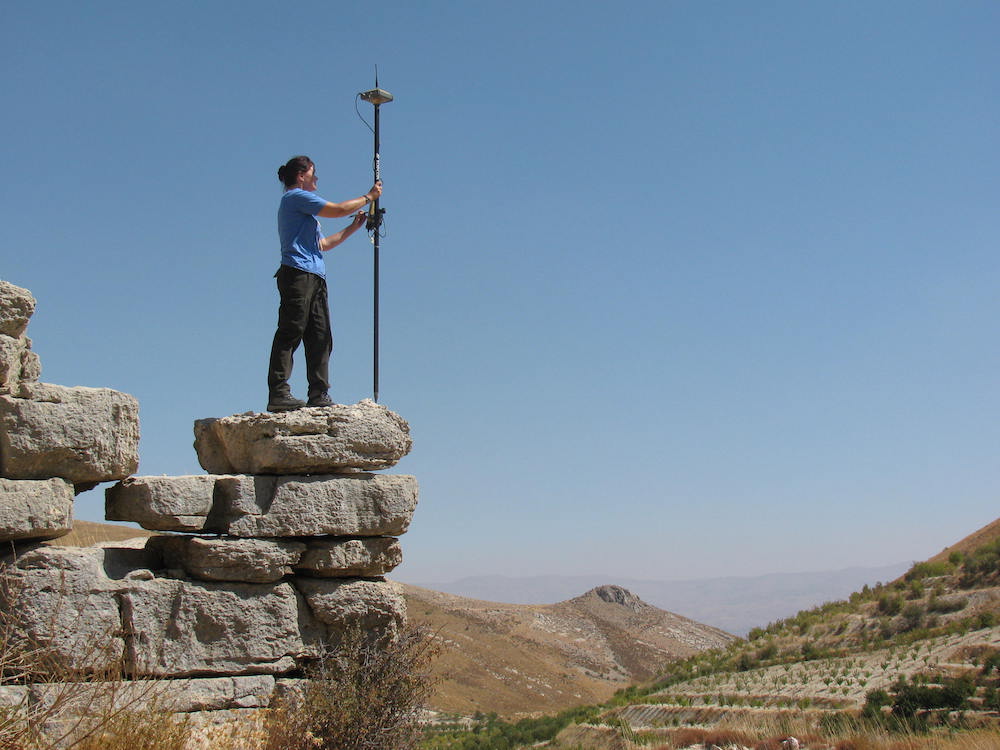
Using a differential GPS, Ruth Young records a wall of what may be an early medieval structure at Hosn Niha in Lebanon. (Photo credit: Paul Newson)
Roman column
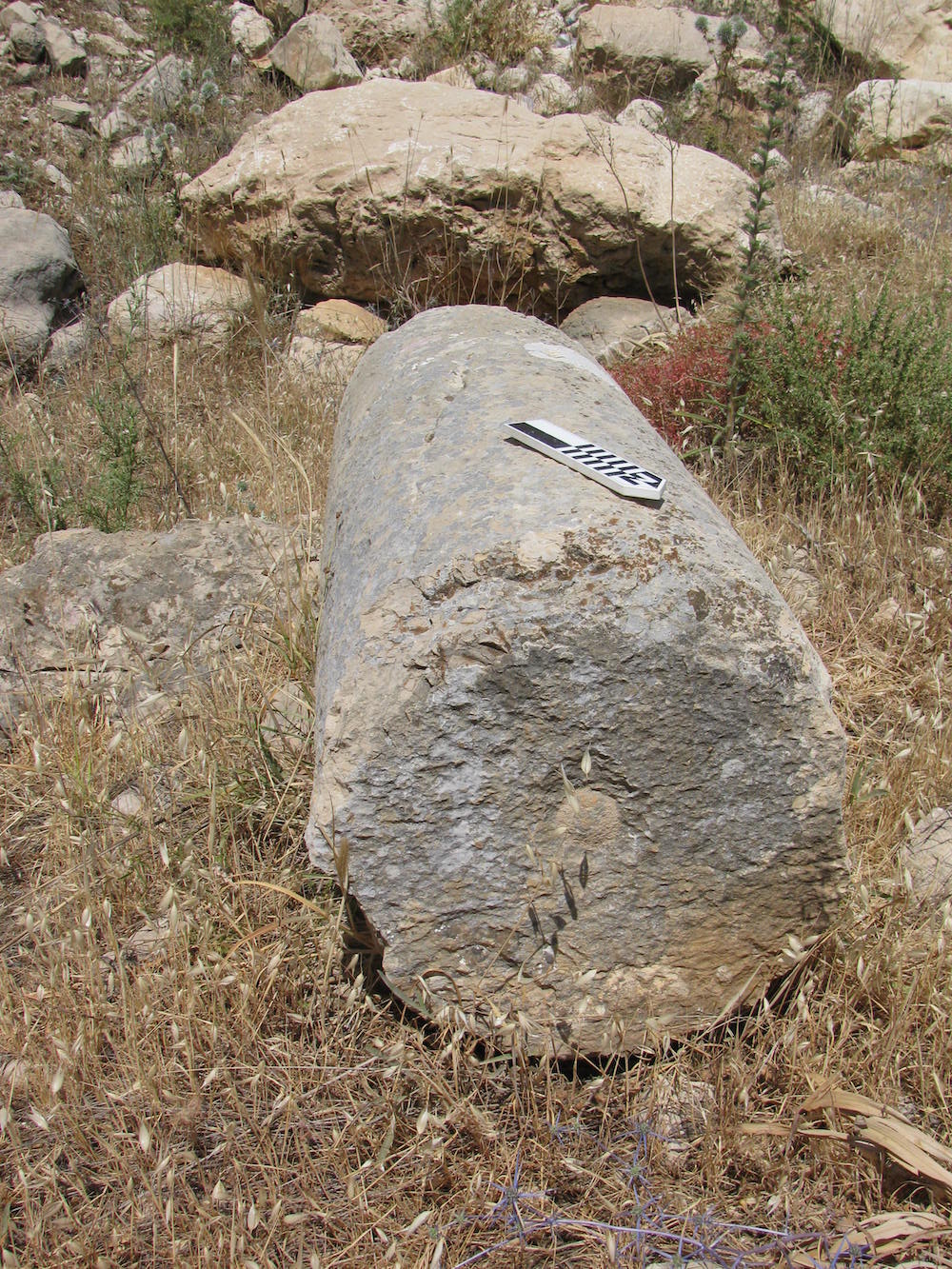
A column shaft at Hosn Niha, an archaeological site in Lebanon that was damaged during the Lebanese Civil War in the 1970s and 1980s. (Photo credit: Ruth Young)
Sign up for the Live Science daily newsletter now
Get the world’s most fascinating discoveries delivered straight to your inbox.
Knock knock
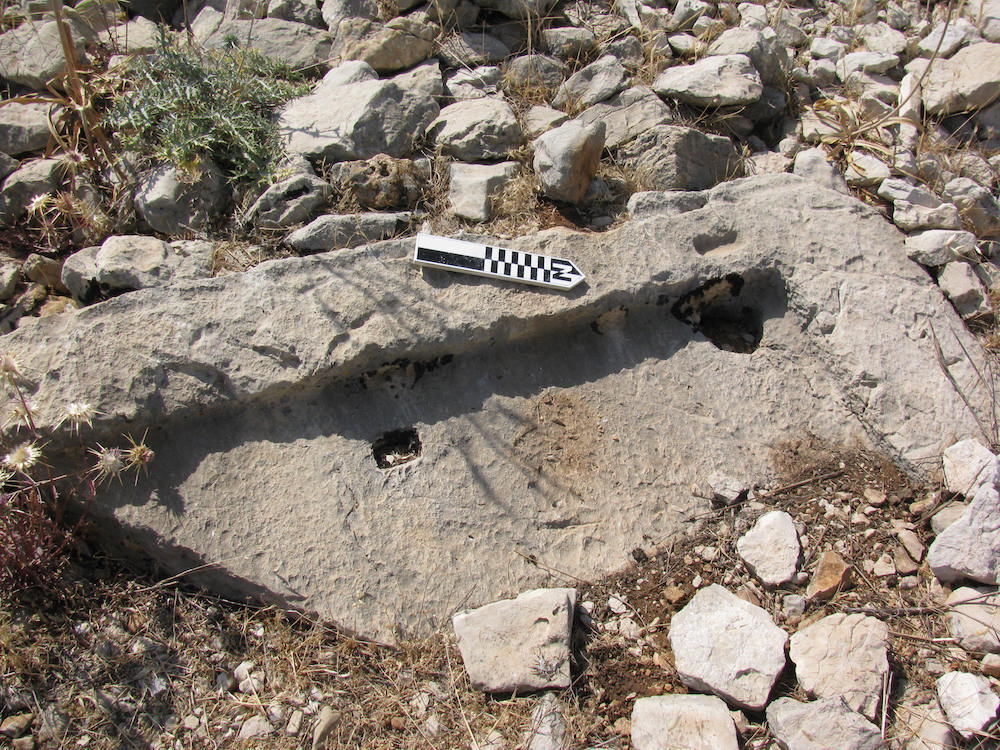
A fragmentary door lintel among the rubble at Hosn Niha. (Photo credit: Ruth Young)
Roman temple
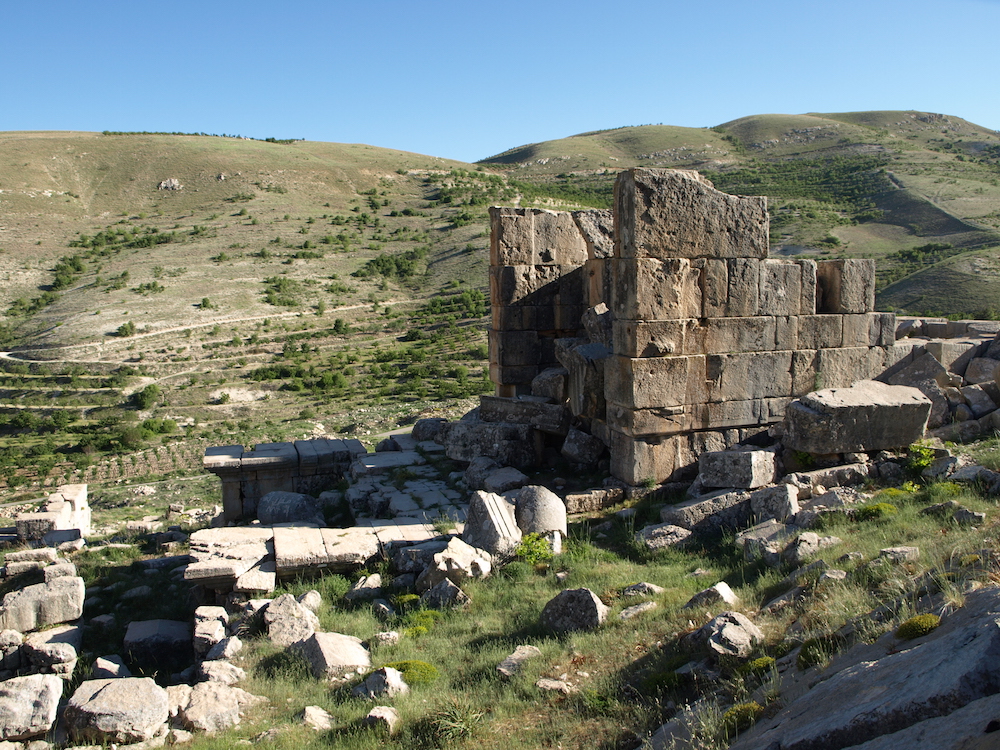
The remains of the temple at Hosn Niha, likely built during the second century A.D. Look for the village settlement below the temple on the left of the picture. (Image credit: Ruth Young)
Roman rubble
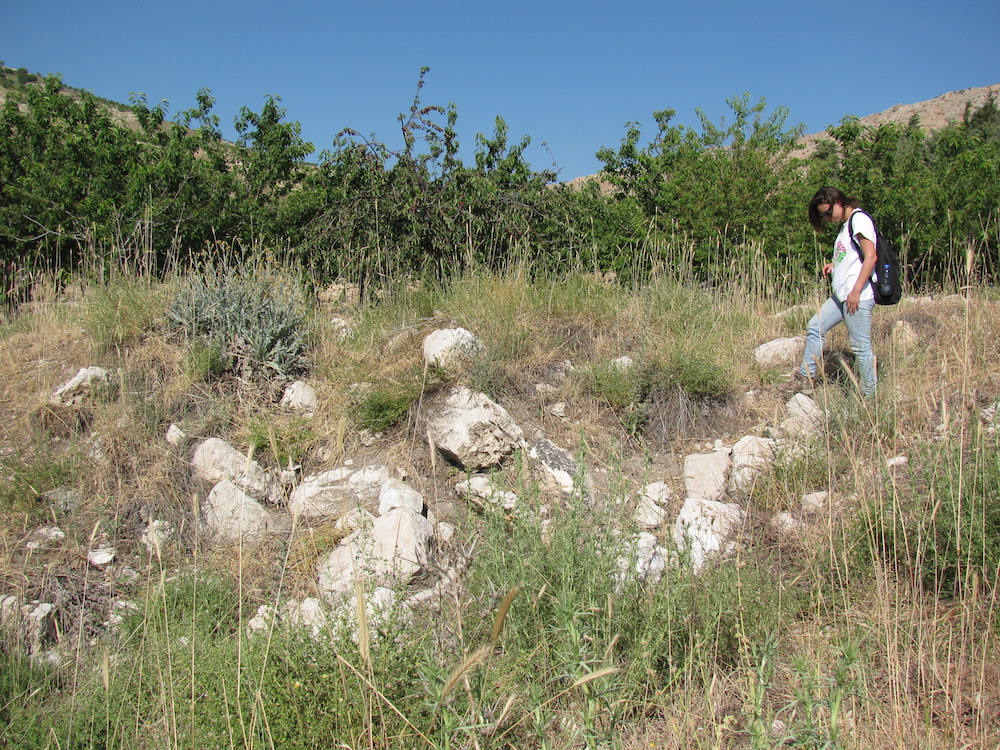
Yara Idriss, a student at the American University of Beirut, looks for evidence of ancient walls and worked stone among the rubble at the Hosn Niha archaeological site. (Image credit: Ruth Young)
Bulldozed area
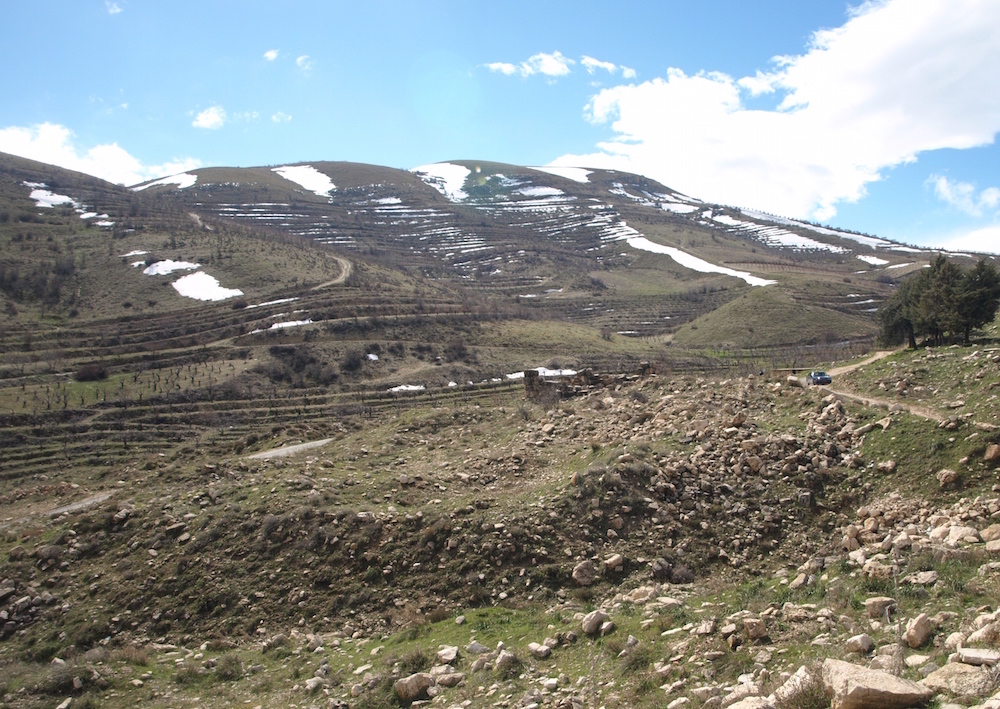
This photo shows the area south of the Roman temple. It was once a central part of a village, but was bulldozed into piles of rubble during the Lebanese Civil War. (Image credit: Copyright Antiquity Trust)
Rocky terrain
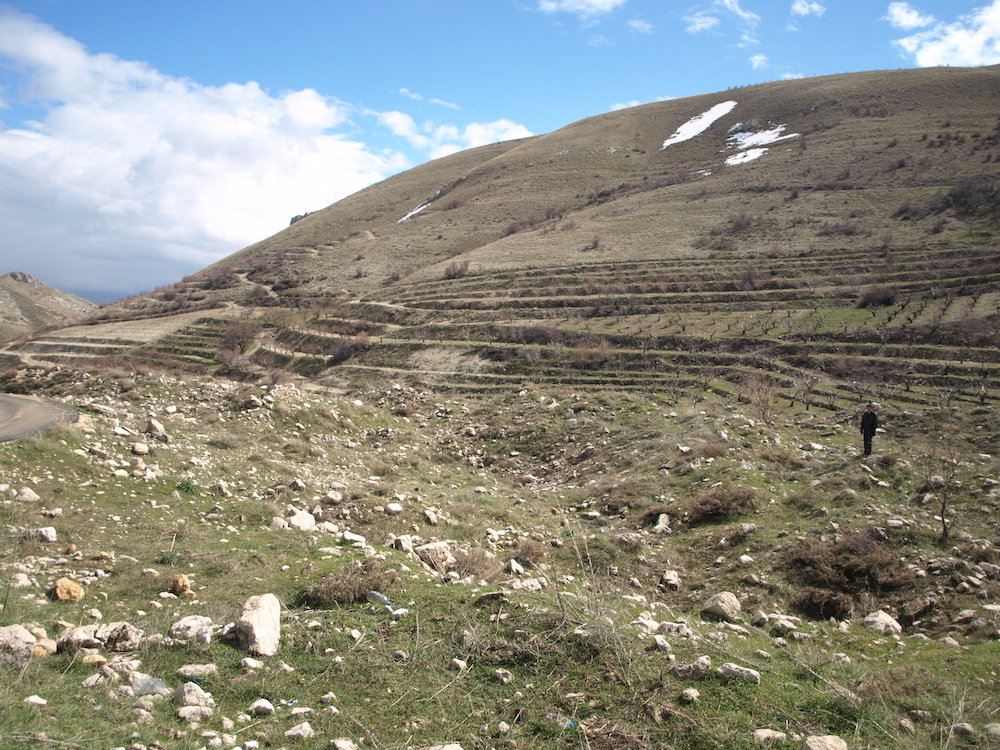
The area, southwest of the stone wall, that was bulldozed during the Lebanese Civil War. (Image credit: Copyright Antiquity Trust)
Illegal excavation
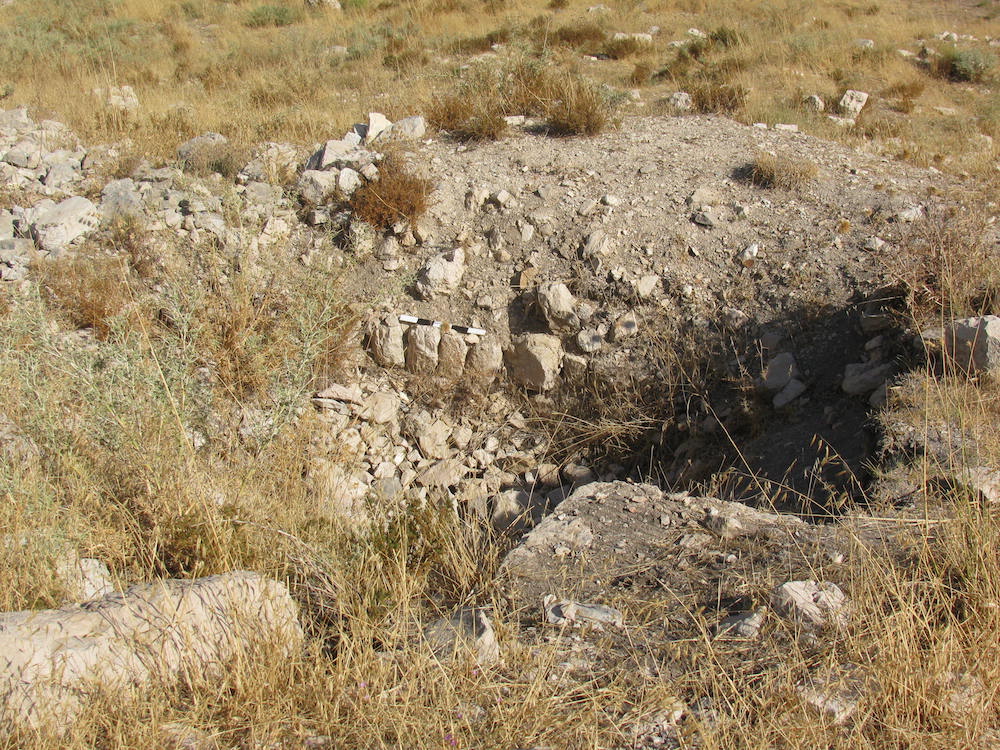
An illegal excavation has exposed some of the archaeological site's structural walls. (Image credit: Copyright Antiquity Trust)
Stone remainders
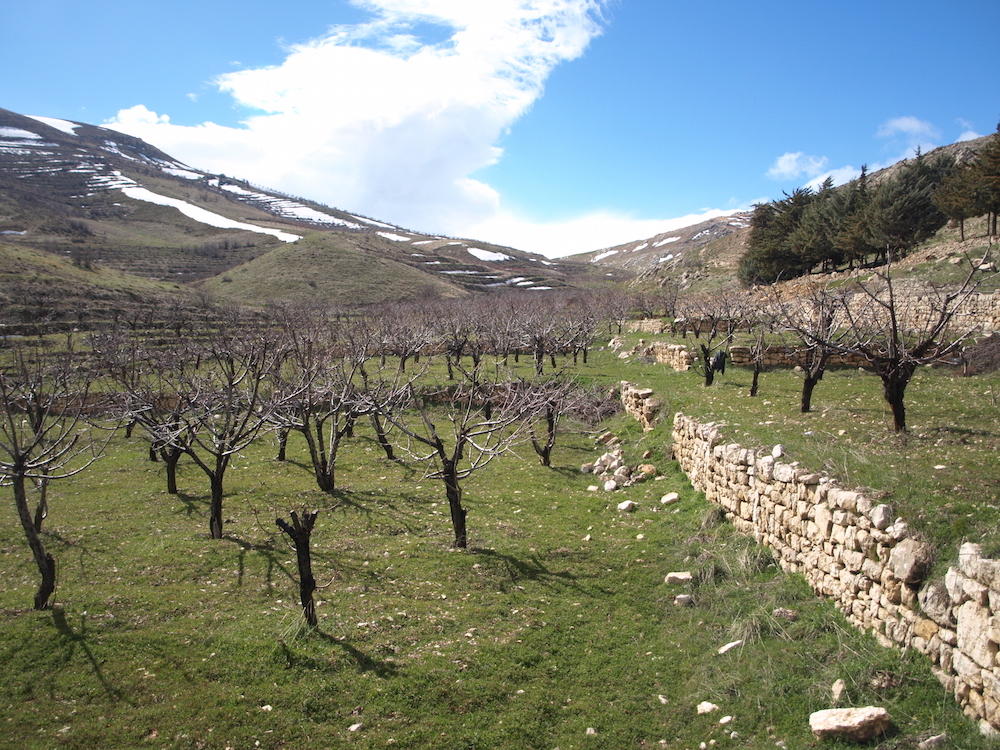
People used the remains of the Greco-Roman settlement to build these modern terrace walls, which they then landscaped and planted with fruit trees. (Image credit: Copyright Antiquity Trust)
Stone structure
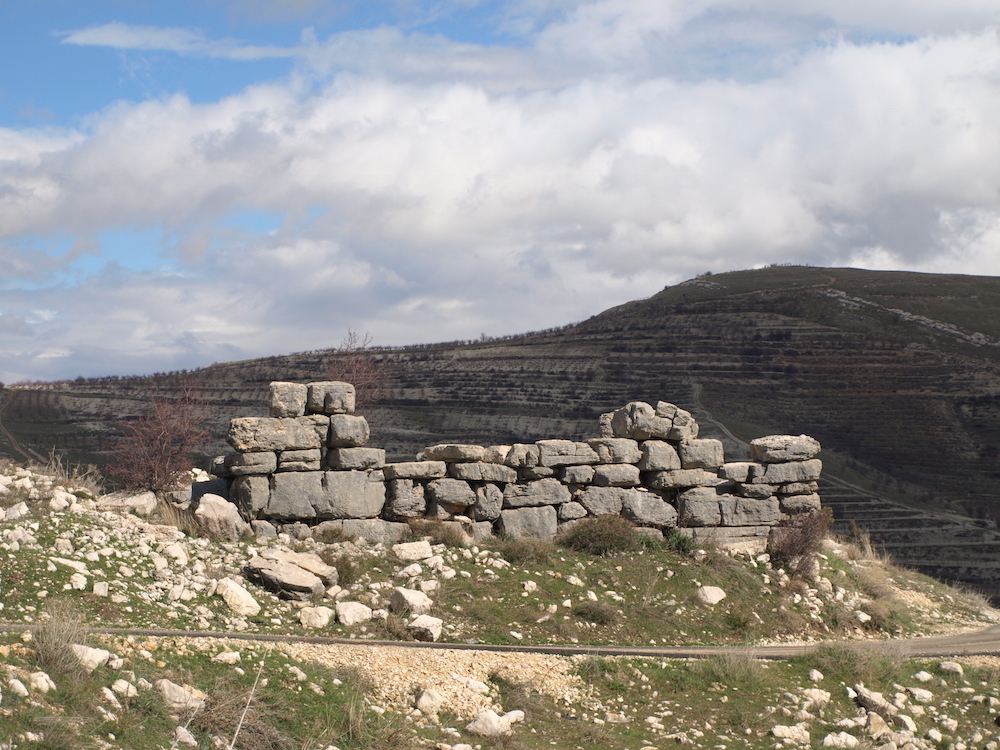
A stone structure, located in the settlement area of the site, which is still standing from ancient times. (Image credit: Copyright Antiquity Trust)
Follow Laura Geggel on Twitter @LauraGeggel. Follow Live Science @livescience, Facebook & Google+.

Laura is the archaeology and Life's Little Mysteries editor at Live Science. She also reports on general science, including paleontology. Her work has appeared in The New York Times, Scholastic, Popular Science and Spectrum, a site on autism research. She has won multiple awards from the Society of Professional Journalists and the Washington Newspaper Publishers Association for her reporting at a weekly newspaper near Seattle. Laura holds a bachelor's degree in English literature and psychology from Washington University in St. Louis and a master's degree in science writing from NYU.









